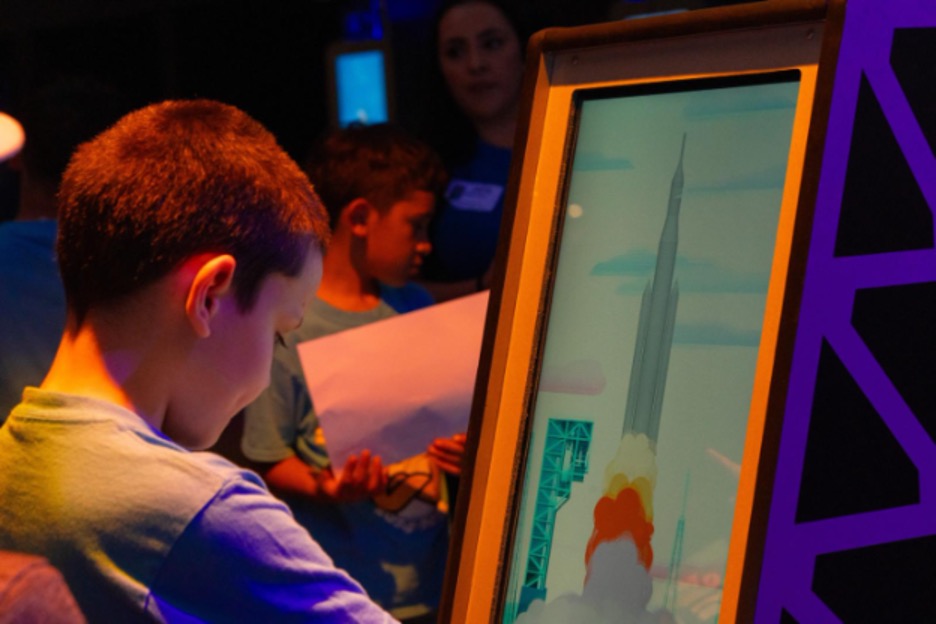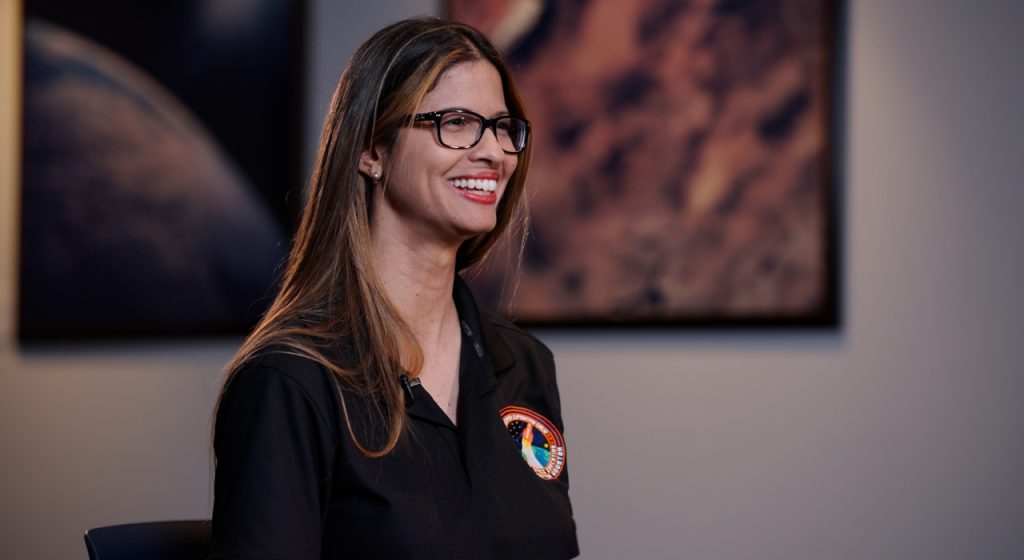[sp name=’LSS’]
This fall, we are exploring how space inspires progress. From taking the first step into space, to taking the first step on the Moon, astronauts have relied on their Portable Life Support System (PLSS) to achieve some of humanity’s most historic accomplishments. Solve space by unscrambling this image of a PLSS, which makes it possible for astronauts to walk in space and on worlds beyond our own.
Have you ever watched a spacewalk and wondered why the astronauts are wearing big backpacks? What’s in them exactly? And why are they so big?
These backpacks, along with the chest-mounted control-and-display unit, make up an astronaut’s Portable Life Support System (PLSS), and explorers could not survive in space without them. The PLSS on their backs not only provides the astronauts with oxygen, but it also removes the carbon dioxide that they exhale into the suit.
Another primary function of the PLSS is to provide power to the spacesuit. After all, there can’t be a spacewalk without a properly functioning and powered up spacesuit!
According to NASA, other important functions of the PLSS include pressurization and ventilation of the suit. It also removes suit odors and circulates cool water throughout the suit’s liquid cooling and ventilation garment, which keeps astronauts feeling comfortable during strenuous spacewalks.
In the harsh environment of space, astronauts need a suit that’s got their back, and thanks to their PLSS, they’ve got one. This key spacesuit component has allowed astronauts to accomplish some extraordinary achievements off-planet, and the technology is only advancing as we push to explore farther from home.
Take a sneak peek at the future of Portable Life Support Systems for NASA’s next generation of spacesuits in the clip below.







